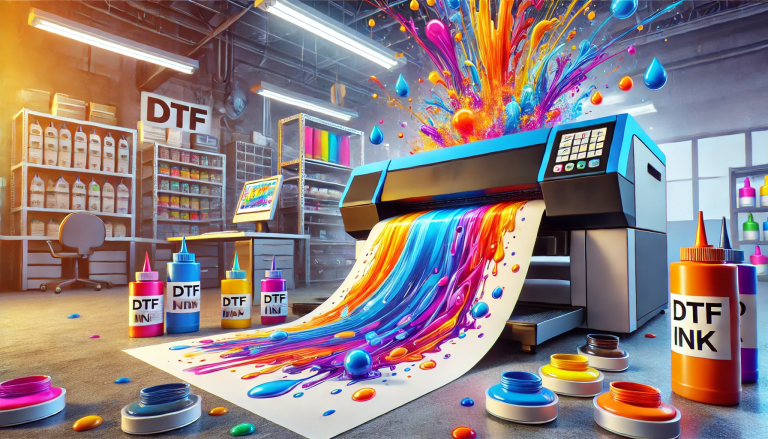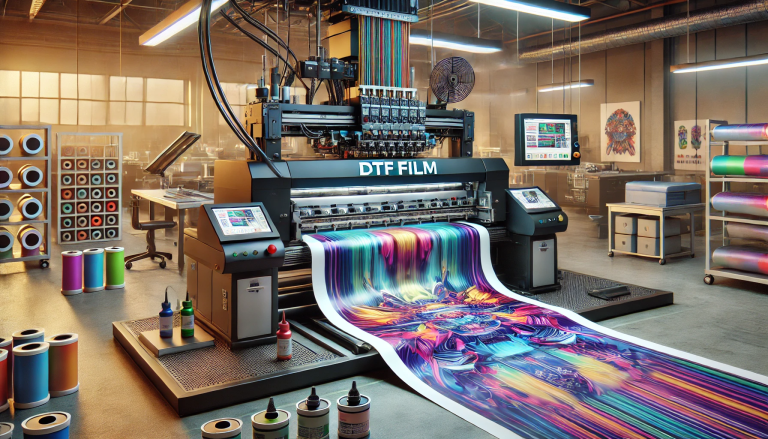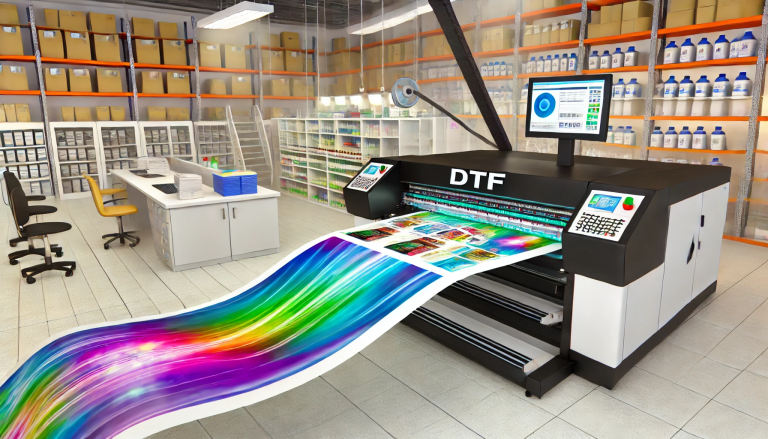“Are DTF Transfers Cold Peel? Understanding the DTF Process” -MAXDTF- Direct to Transfer UV DTF Decal Manufacturer, China Direct Transfer UV DTF Decal, Made in China
In the ever-evolving world of garment decoration, Direct to Film (DTF) transfers have taken center stage, offering a versatile and user-friendly option for printing high-quality images on a wide range of materials. But if you’re diving into the world of DTF transfers, one question often arises: Are DTF transfers cold peel?
Before we dive into that specific query, let’s explore what DTF transfers are and why the peeling process matters.
What Are DTF Transfers?
Direct to Film, or DTF, is a relatively new digital printing method where designs are printed directly onto a special film, then transferred to garments or other materials using heat and pressure. Unlike Direct to Garment (DTG) printing, which prints directly on the fabric, DTF prints on a film which is later applied to the product.
Cold Peel vs. Hot Peel
When working with heat transfers, there are two main types of peels:
- Hot Peel: Here, the transfer backing is removed immediately after the heat press is lifted, while everything is still hot.
- Cold Peel: In this method, you wait for the transfer and garment to cool down completely before peeling off the backing.
The type of peel affects the finished look and feel of the design.
So, Are DTF Transfers Cold Peel?
Yes, DTF transfers are typically cold peel. After applying the transfer with a heat press, it’s crucial to wait for the film to cool down entirely before attempting to peel it off. Removing the film while it’s still hot might result in a compromised image quality or issues like ink migration.
Why Cold Peel for DTF Transfers?
There are several reasons why cold peeling is preferred for DTF:
- Better Adhesion: Allowing the print to cool ensures better adhesion of the ink to the garment.
- Improved Image Quality: Cold peeling reduces the risk of distorting the image, ensuring crisp and clear designs.
- Longevity: Cold-peeled transfers tend to be more durable in the long run, resisting issues like cracking or fading.
Tips for Perfect DTF Transfers
- Ensure Proper Temperature: Follow the recommended heat settings for your specific DTF ink and film. Too much heat can damage the print, while too little might not activate the adhesive properly.
- Apply Even Pressure: Make sure your heat press applies consistent pressure to ensure even transfer.
- Patience is Key: After pressing, resist the urge to peel immediately. Let the transfer cool down completely, even if it takes a few minutes. The wait will ensure a better-quality transfer.
In Conclusion
DTF transfers have made it easier for both professionals and hobbyists to achieve high-quality prints on various materials. And while the process is relatively straightforward, understanding nuances like the cold peel technique is vital for optimal results. Remember, patience pays off – waiting for your transfer to cool completely before peeling can make a significant difference in the quality and longevity of your design.





